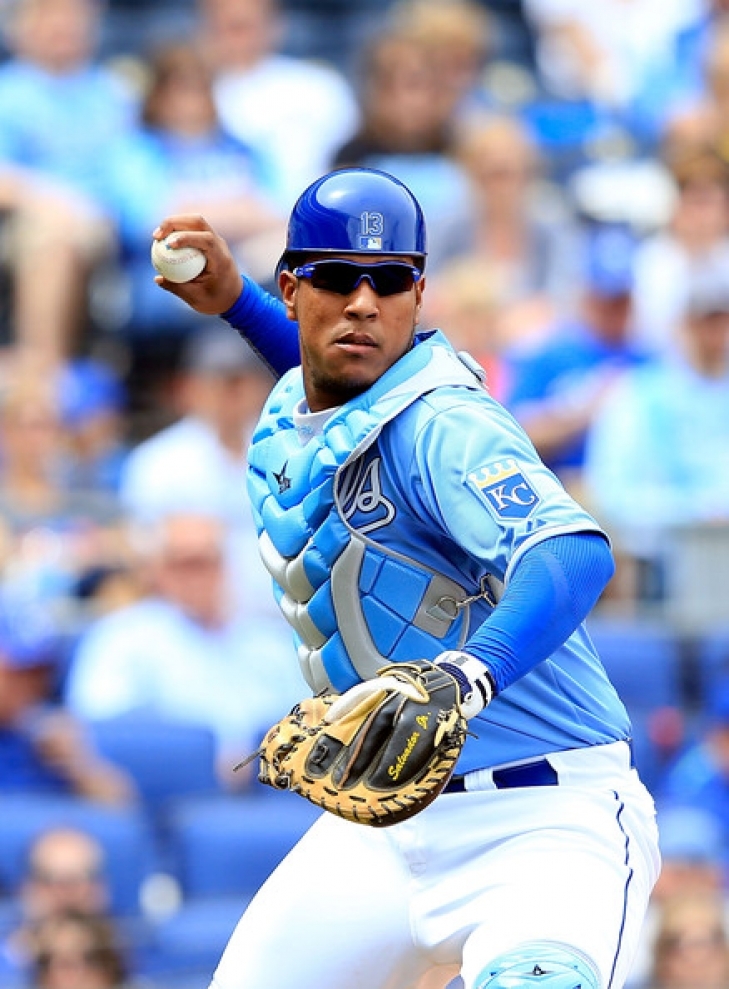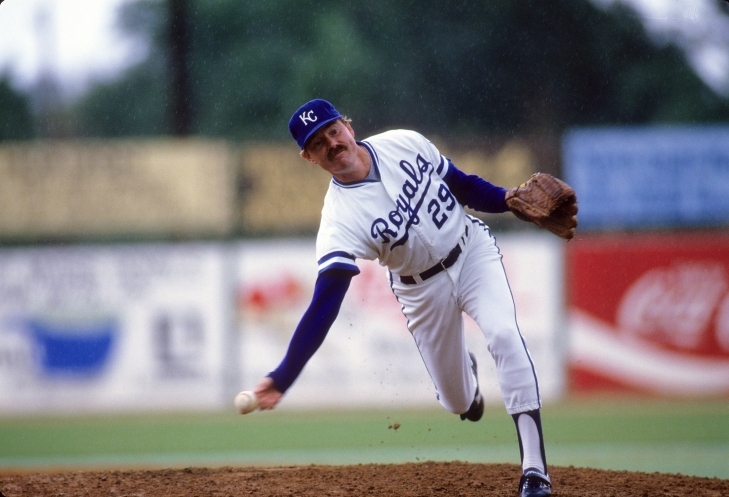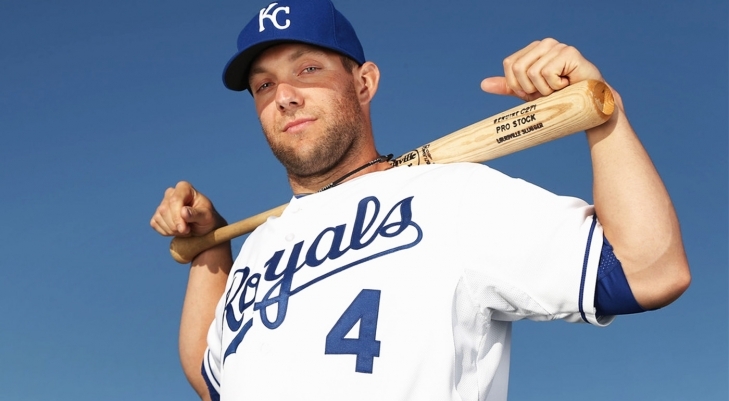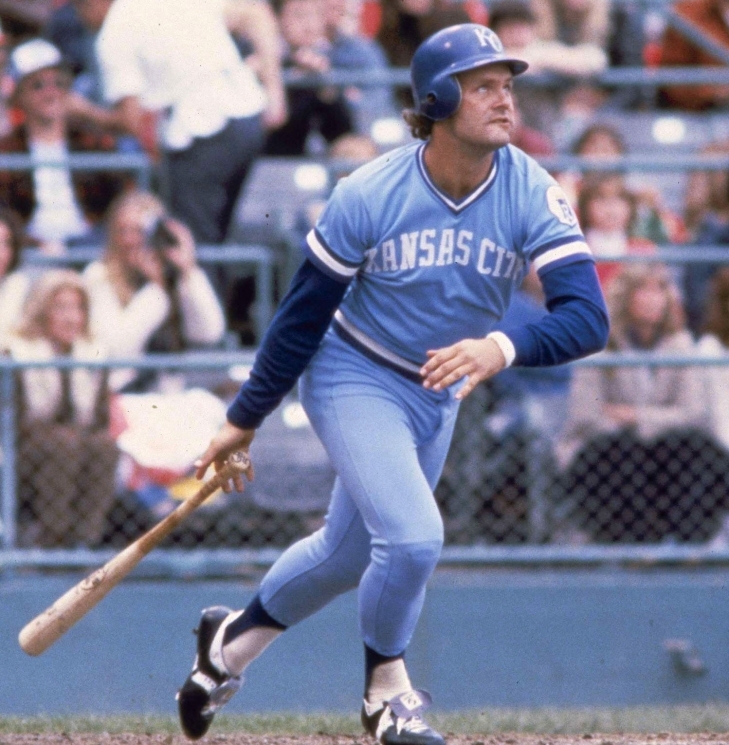Warning: Attempt to read property "params" on null in /home/notinhal/public_html/plugins/k2/k2canonical/k2canonical.php on line 382
19. Lorenzo Cain
Lorenzo Cain played for Kansas City for seven seasons and he was arguably the team’s spark plug for much of that time.
6. Salvador Perez
One of the most popular Catchers in recent memory, Salvador Perez has also proven to be one of the better defensive ones too.
12. Zack Greinke
Zack Greinke overcame a lot of personal adversity on his way from a high First Round pick to Cy Young Award winner. Greinke suffered from severe depression and anxiety and was almost out of Baseball but he persevered to become the ace that pundits knew he could always be.
11. Hal McRae
Hal McRae was not a very good defensive player, but fortunately for him and the Kansas City Royals he emerged in the 1870’s when the Designated Hitter came into fruition.
8. Mark Gubicza
With the exception of the 1993 season where he was mostly used as a Middle Reliever, Mark Gubicza was a Starting Pitcher for the Royals for thirteen seasons. Over that time Gubicza was used either as the team ace, the number five starter, and all spots in between which was enough for him to accrue 133 wins as a Royal.
7. Frank White
Frank White was a member of the Kansas City Royals for all eighteen of his Major League seasons, and the Royals faithful were happy that he was there for the duration.
9. Dan Quisenberry
During the first half of the 1980s, Dan Quisenberry was the best closer in the American League, and if you don’t believe that it should be believed that he was the best known.
10. Alex Gordon
At the University of Nebraska, Alex Gordon was considered by all of the experts not just to be the best Cornhusker on the diamond but the best baseball player in all of the NCAA. It was certainly no surprise that the Kansas City Royals would make the versatile player the second overall pick in the 2005 Amateur Draft.
1. George Brett
Come on, could we have possibly picked anyone else?
George Brett is among the top hitters in Baseball history and arguably the best one to ever play regularly at Third Base (though Mike Schmidt might argue).
2. Amos Otis
Amos Otis appeared to be a bad fit with the New York Mets, or at least management thought so. Kansas City certainly didn’t feel that way, as Otis would become one of their best players throughout the 1970’s.
3. Bret Saberhagen
Bret Saberhagen played the first eight of his seasons in the Majors with the Kansas City Royals and there was a definite pattern to his annual performances: If the season was an even number Saberhagen likely had a subpar campaign. If it was an odd number, it was a good one...in some cases it was very good!
5. Kevin Appier
There are many who might think the ranking of Kevin Appier is very high. We get that. He was an All-Star only once and was never a 20 Game winner. Realistically he was a Cy Young candidate only once in his career (1993) where he finished third in voting, a season where he would win the ERA Title. This seems good, but third overall for a franchise?
4. Willie Wilson
While the story of Willie Wilson can not be described without discussing the 1983 drug charge where he and three other teammates were jailed for 81 days for attempting to purchase cocaine (he was suspended for the first six weeks of the 1984 season) this is not how we remember the fleet-footed outfielder.
34. David Cone
David Cone may not be best remembered for winning a Cy Young Award. He may be best known for being a true hired gun that baseball teams coveted for their stretch drive.
55. Bret Saberhagen
Baseball Players are notorious for being superstitious. We really don’t know if Bret Saberhagen consulted the Psychic Friends Network, but it always seemed curious that he performed significantly better in years that ended in odd numbers than he did in even ones.
100. Dan Quisenberry
Generally, the mold of the Relief Pitcher is a blazing fastball and a powerful delivery. Dan Quisenberry did not fit that mold…or any other one for that matter.


















